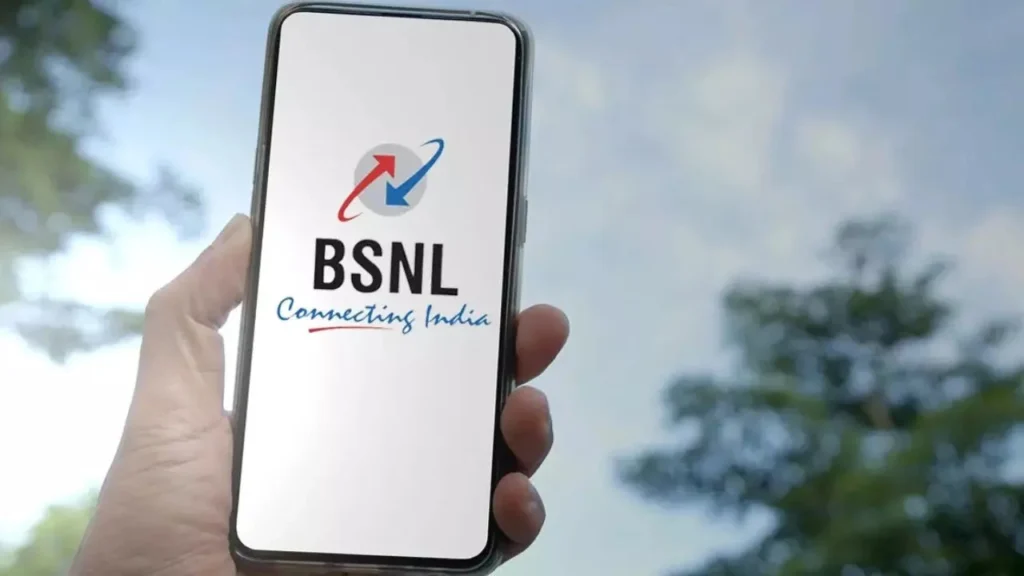BSNL is leading in technological innovation, working on a technology called Direct to Device (D2D) technology. This will allow users to make calls and send messages without needing a SIM card. This service has the potential to redefine connectivity, especially in remote areas.
Understanding BSNL’s D2D Technology
D2D technology uses satellite connectivity to enable direct communication to the internet between devices, bypassing the requirement of mobile networks. This innovative technology will remove the need for a physical SIM card and empower users to send messages.
How does BSNL’s D2D work?
1. Satellite Connectivity: A special device is used by BSNL’s D2D service to connect your phone to a satellite.
2. Direct Communication: This device creates a direct connection with a satellite network, allowing smooth communication.
3. Message and Call Transmission: As your connection is established, you can send messages and make phone calls directly using the satellite network.
Benefits of BSNL’s D2D Service
1. No need for a SIM card: You can enjoy the freedom of communication without having a regular SIM card.
2. Better Coverage of network: D2D technology works great in areas with weaker connections or no mobile network. It ensures a reliable communication solution.
3. Low cost: BSNL wants the D2D services to be affordable for everyone to attract a wider range of users.
4. Emergency Communication: D2D can be a savior in critical conditions when a normal network isn’t available during natural disasters or emergencies.
5. Global Connectivity: Satellite connectivity allows communication over long distances. This makes D2D technology a valuable tool for travelers and international businesses.
Limitations and Considerations
1. Data Usage: You will have to be careful about D2D services because they might have some limitations on data usage. There might be extra charges after too much data usage.
2. Initial Setup: Setting up the initial process of D2D might require technical knowledge, but BSNL is trying to make the process simpler for users.
3. Satellite Coverage: D2D service available may vary from area to area as it depends on the coverage of the satellite network.
4. Latency: Satellite communication can sometimes cause delays in transmission, especially during video calls.
BSNL’s Vision for the Future
BSNL is working actively to improve D2D technology and aims to launch it publicly soon. This innovative technology can greatly change the way people communicate especially in remote and rural areas.
Beyond D2D: BSNL’s New Services
In addition to D2D, BSNL has unveiled several other innovative services:
1. Custom Spam Blocking Solution: This service blocks spam calls and messages in real time to ensure a seamless communication experience.
2. WiFi Roaming: You can connect to BSNL’s Wi-Fi networks easily.
3. TV on Fiber: You can watch many TV channels through your internet connection.
4. Any Time SIM (ATS): You can get a new BSNL sim card anywhere and anytime, with 24/7 availability.
The Future of Connectivity
BSNL is doing great work by introducing new technology and focusing on improvement of connectivity especially in rural and remote areas. D2D technology has the potential to empower people with convenient communication and reduce the virtual gap.
With the combination of satellite and traditional networks, BSNL’s D2D technology shows us what the future of telecommunications will look like, where everyone can connect to others effortlessly. It’s getting tested and improved and will be available soon. Such technology can shape a better future for every one of us.

